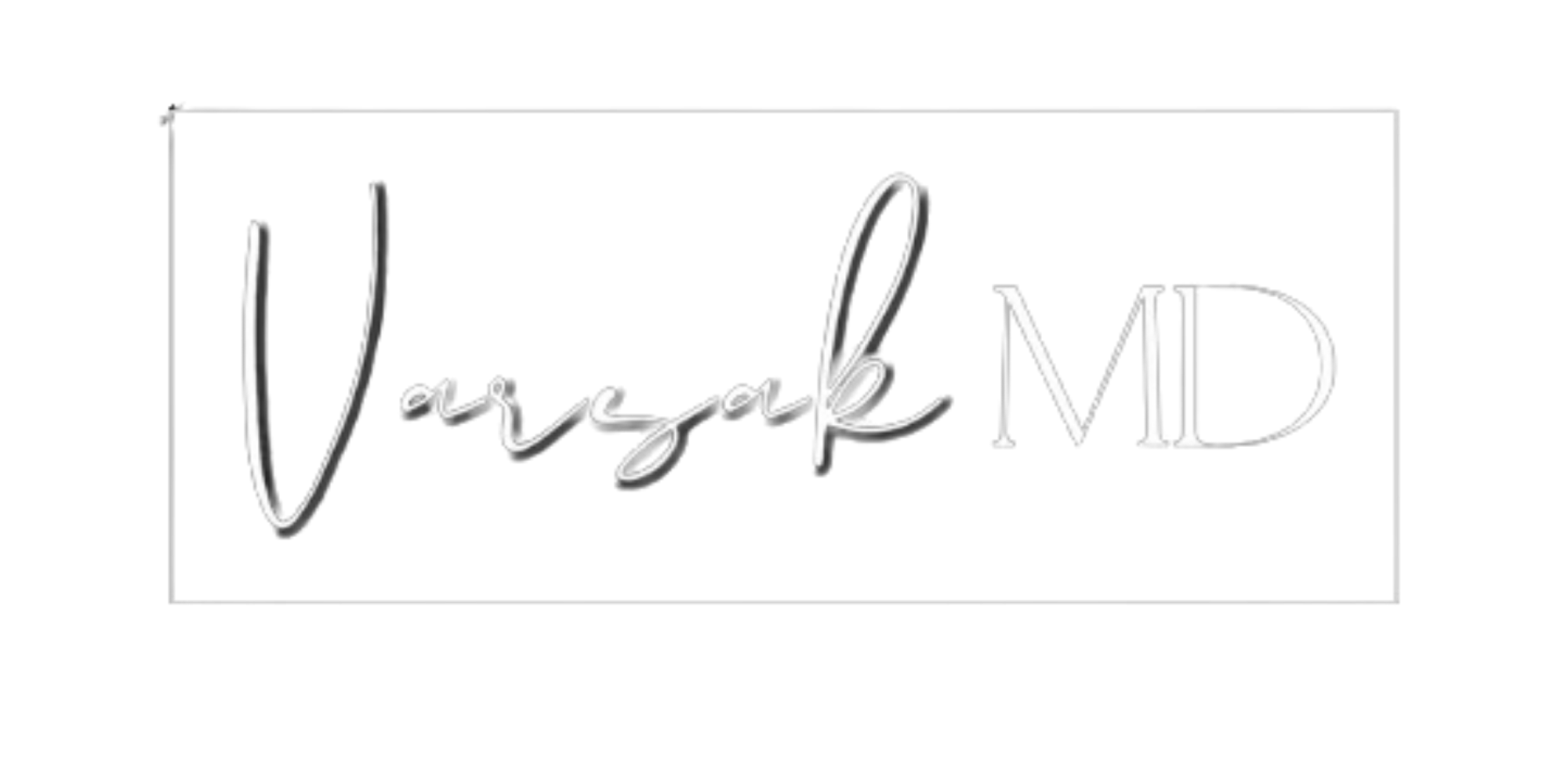Female Rhinoplasty
Rhinoplasty: Enhancing Function and Appearance
Deformities in the nose can significantly impact both facial aesthetics and breathing function. Cartilage and bone irregularities, including previous fractures, can cause breathing difficulties and a desire to improve facial harmony. Rhinoplasty surgery offers a solution by addressing both aesthetic and functional concerns.
Reshaping the Nose: Surgical Techniques
Rhinoplasty techniques strategically modify the cartilage and bone structure of the nose to achieve the desired shape and size. This allows for reduction or augmentation as needed. In some cases, nasal dysfunction can be addressed simultaneously with aesthetic improvements.
Closed vs. Open Techniques: Choosing the Right Approach
Rhinoplasty can be performed using either a closed or open technique:
- Closed technique: Utilizes hidden incisions within the nose, suitable for simpler cases and those without prior surgery.
- Open technique: Creates an external incision across the columella (the tissue separating the nostrils) for broader visualization and access, often preferred for complex cases and revisions.
The choice of technique depends on individual factors and surgeon expertise. Dr. Varsak prioritizes the closed technique (95%) for first-time surgeries, favoring the open approach for specific cases and revisions.
Understanding Septum Deviation: When Correction is Necessary
The nasal septum, a structure separating the two airways, can become deviated, causing breathing difficulties. However, not all deviations require surgery. Evaluation by an experienced surgeon is crucial to determine the need for correction (septoplasty), which can be performed alone or combined with rhinoplasty.
Preserving Natural Beauty: Nasal Dorsum Preservation
Traditional rhinoplasty techniques can compromise the natural appearance of the nose during hump reduction and narrowing. Nasal dorsum preservation techniques address this concern by:
- Removing and narrowing the dorsum while maintaining its natural texture.
- Preserving natural light reflections for a more aesthetic outcome.
- Offering potentially fewer long-term complications compared to traditional methods.

Preparing for Surgery: Informed Decisions and Realistic Expectations
Before surgery, a thorough preoperative consultation occurs:
- Detailed information about the procedure is provided.
- Preoperative instructions are outlined.
- A comprehensive evaluation, including functional and aesthetic considerations, is conducted.
- Computerized simulations aid in visualizing potential outcomes and managing expectations.
- Anesthesia consultation and necessary tests are scheduled.
Postoperative Care: Recovery and Healing
Following surgery:
- A brief hospitalization may be needed in some cases.
- Bruising and swelling are common, varying in severity among individuals and typically subsiding within a week to ten days.
- Pain is usually mild and manageable with medication.
- Internal nasal splints and external casts are sometimes used to support healing. In nasal dorsum preservation techniques, casts may not be required due to minimal structural manipulation.
- Nasal crusting and congestion are common but improve within weeks.
- Most rhinoplasty procedures result in a 5-8% narrowing of the nasal passages.
- The final shape of the nose takes around one year to fully refine.
Rhinoplasty can enhance both aesthetics and breathing function, offering a potential solution for individuals seeking facial harmony and improved respiratory health. Careful planning, choosing the right technique, and managing expectations are crucial for a successful outcome.

